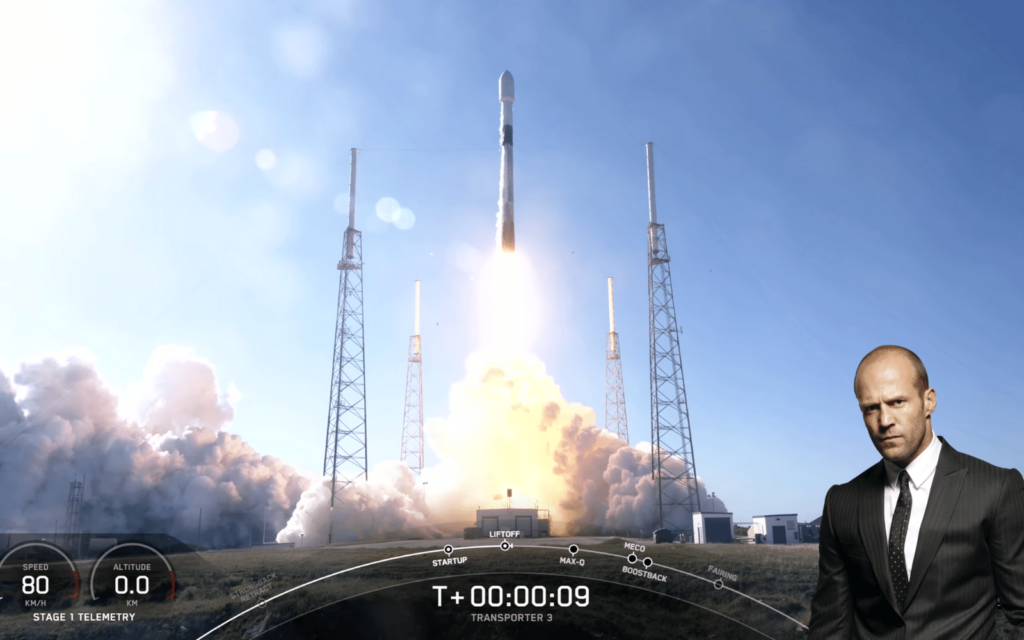South Africa’s MDASat cubesats, intended to watch over the country’s coastline, were safely deployed yesterday. SpaceX’s Transporter-3 mission seems to have gone off without a hitch. But, as remarkable as it is that SA’s got new eyes in the sky, SpaceX’s rocket steals the show.
The Falcon 9 first stage that took 105 different satellites into space last night also completed its tenth liftoff and landing. Ars Technica reports that this booster alone is responsible for 550 satellites, as well as one Cargo Dragon and one Crew Dragon flight. That’s an awful lot of value from a single rocket.
Time to make more MDASats
The entire Transporter-3 launch is available online, if you’d like to see (more or less) SA’s satellites being deployed. Unfortunately, no deployments are actually shown — just callouts of successful separations from SpaceX’s second stage. Equally unfortunately, by the time SA’s MDASat is dropped off, SpaceX’s engineers have switched to techno instead of callouts.
Still, you can pop over to 1:26:00 on the video, which is about 1:11:00 on the mission counter, and use your imagination, if you like.
Now that they’re up there, the cubesats developed by the Cape Peninsula University of Technology (CPUT) have work to do. They’ve been dispatched with a variety of new (for South Africa) features. MDASat-1 includes an improved AIS receiver over the one launched in two previous ZACube missions. The trio of satellites can accept OTA updates, meaning their functions can be upgraded over time using software.
CPUT’s acting chief engineer, Nyameko Royi, said prior to the launch, “This mission would mark the first constellation of satellites developed and designed in Africa. The more we get people involved in space the better, the more data we extract from space — the better for the world. This is a significant milestone for CPUT and South Africa.”




